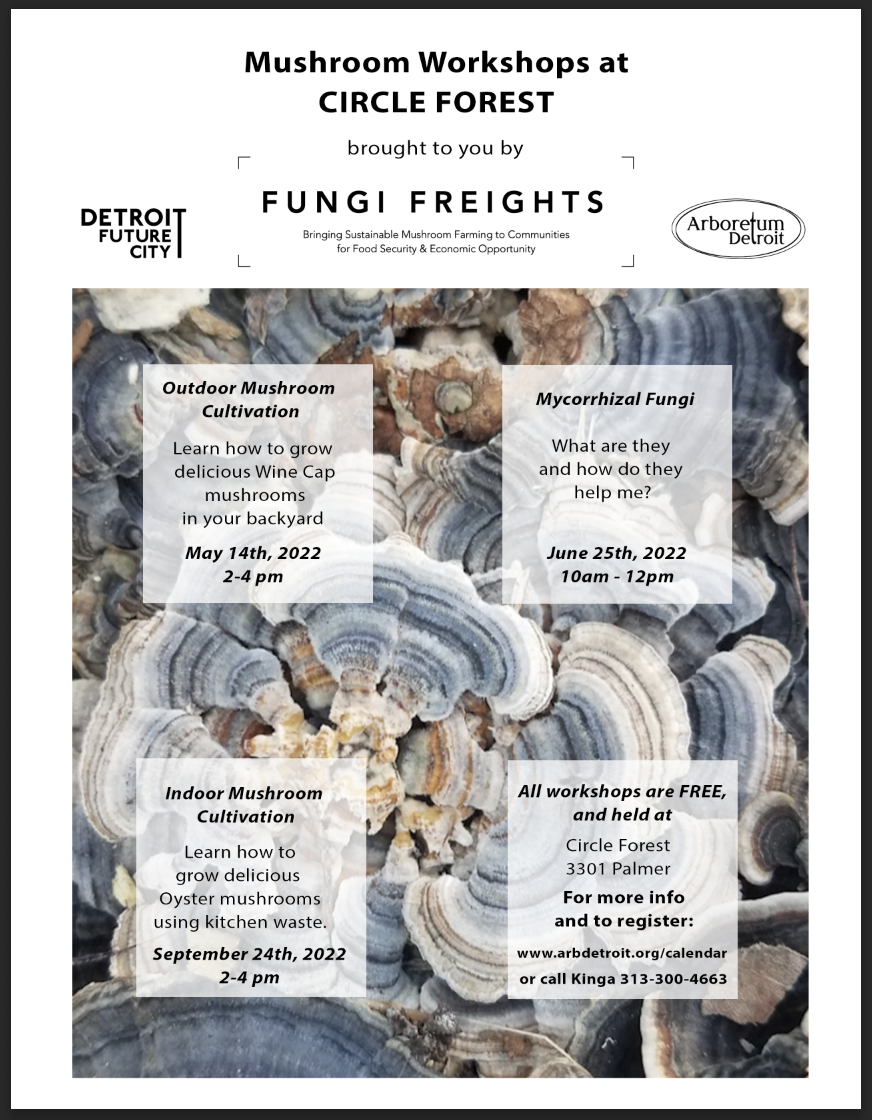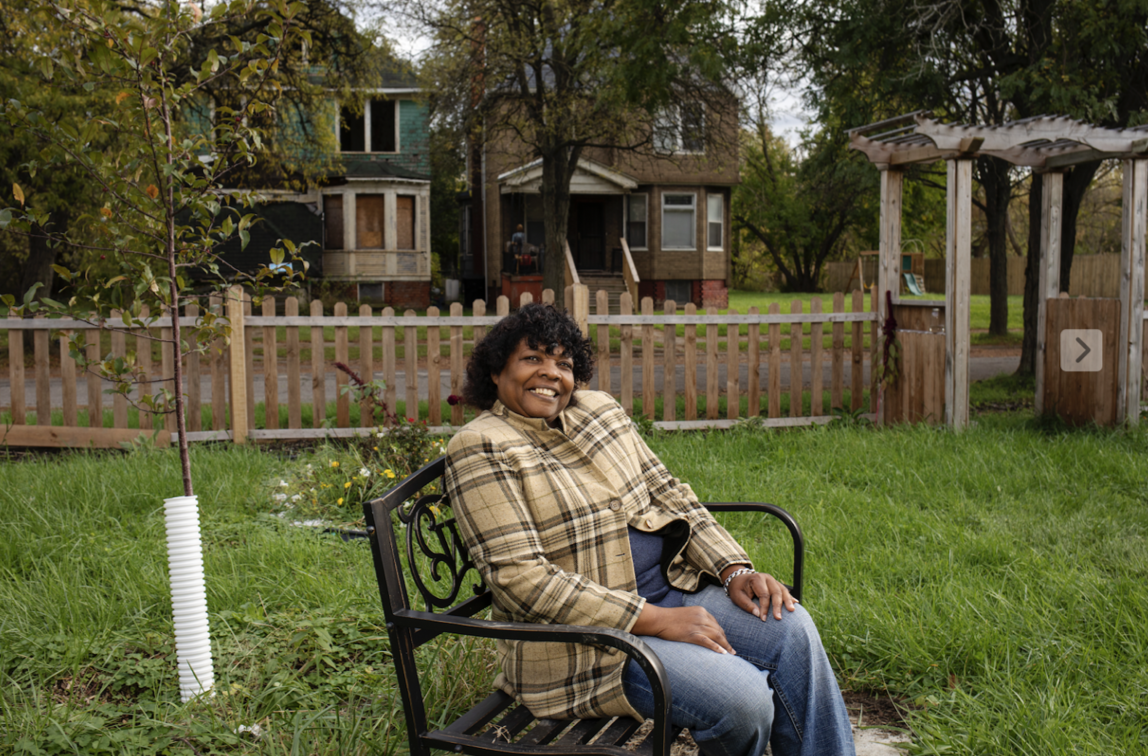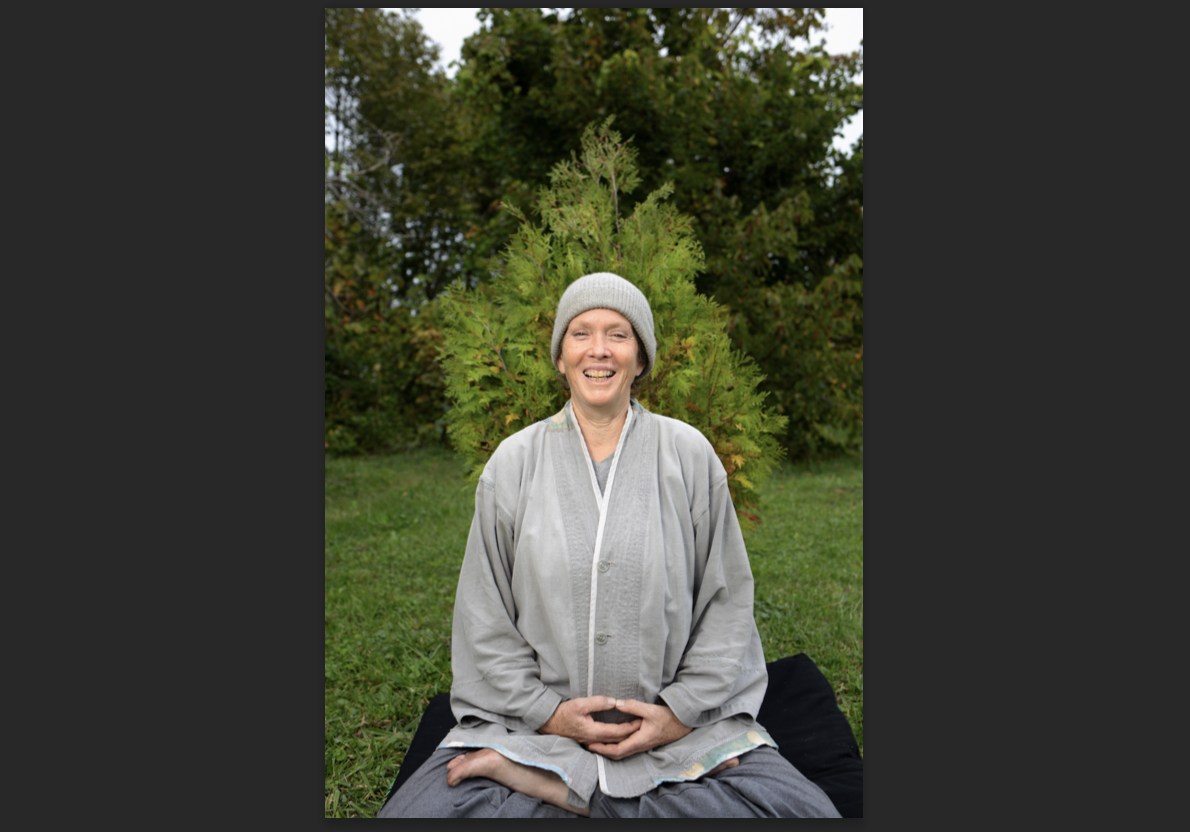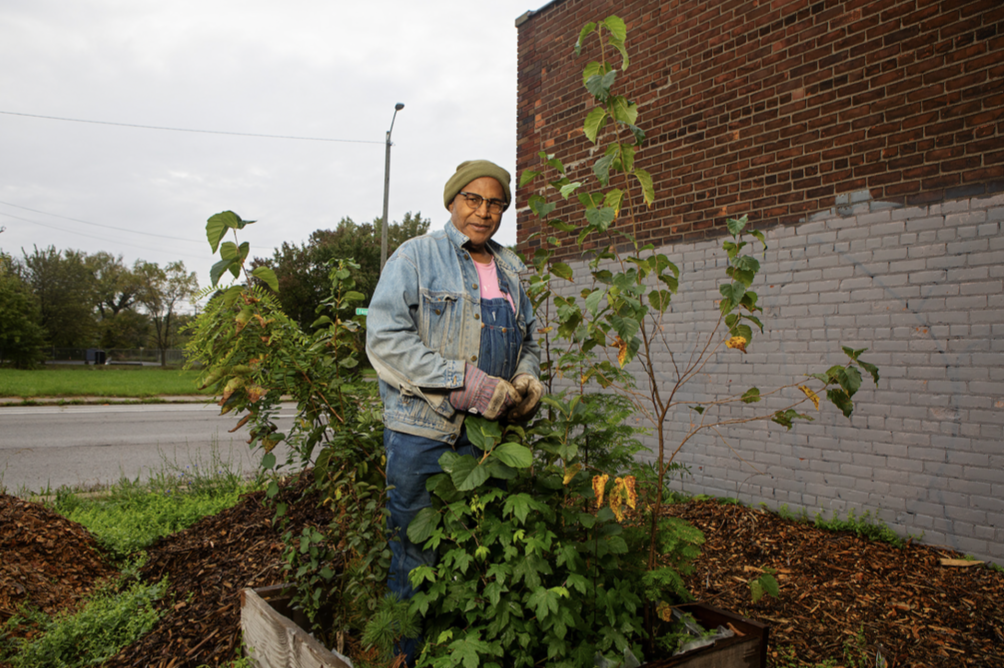The Stumpscape at Circle Forest is a demonstration of the importance of woody debris in the forest.
Happy Spring!
Circle Forest is full of birdsong. In fact, we have begun our educational Birding Workshop series, led by Detroit Audubon. We’ve had an Intro to Birding One and Two, and more are coming up. These are free of charge and open to the public, thanks to the NFWF grant we received last year.
Free Mushroom workshops are also coming this year, led by Fungi Freights. Everything is in our Event Calendar on the website, if you know someone who would enjoy attending these, please let them know!
More dates are in our Calendar
We have been removing English Ivy from Circle Forest with the help of volunteers, getting ready to plant dozens of native tree saplings into the forested area on Earth Day. You can help too, by coming to a volunteer workday, or spreading the word to others who can come. These dates are also in the Calendar.
This spring will also bring heavy equipment to the space: the open grassy areas will be graded for gravel paths and ADA accessible paths and a couple of gathering plazas. There will be circle ditches dug into the ground in places and the soil mounded up in the center for a change in perspective. The ditches will be filled with better soil - remember we are working on the sites of poorly demolished residential dwellings, with lots of clay and debris filling in the old basements! This fall we will plant over a hundred native trees into these rings amended with mycorrhizae that will help the trees’ roots take up nutrition, and form tree communities.
The rest of the areas that are now crabgrass will be plowed and seeded with a native wildflower mix, courtesy of National Fish and Wildlife Fund and Detroit Audubon, our partners in the project.
New England Aster with honeybee
And here are some highlights from 2021.
For a full report you can see Annual Reports on the website coming soon.
We supported six “Greenspace Partners” in the neighborhood with dozens of trees:
18 were planted by Kt and Monk in their Community park, 14 were planted by neighborhood volunteers at Princess Dennis’ Elder Park, Sarah Addae planted 14 at Field Temple, Amos Kennedy planted 16 at his Pile of Bricks Printmaking Studio, Scott Hamilton “Snot” (not pictured) planted 15 trees adjacent to Callahan Park, and Julian and Erin (not pictured) planted 12 trees in their yard.
On Earth Day 2021 we planted 300 native saplings into the Neighborhood Nursery, 100 of which are going to Circle Forest this year.
We commissioned Detroit artist Jozie Bullard to paint a mural of Nobel Peace prize winning Kenyan activist/tree planter Wangari Maathai for the Neighborhood Tree Nursery. The mural is nearing finish, and will be installed this Spring!
We purchased 9 lots from the Land Bank to expand tree space in 2021. 6 of them are outlined here in red, and three of them are part of Circle Forest five blocks North. These lots will help us get closer to connecting the Neighborhood Green Loop. They will be planted with trees this year. The lower left corner of the image is Treetroit 1, the upper left is Wawyeyawen.
If you would like to get involved, please feel free to email us at treetroit@gmail.com.
You can come visit and enjoy the trees and the birds.
You can attend a Volunteer Workday, or a Birding or Mushroom Workshop. All these dates are in the Calendar.
You can follow us on IG or FB @arbdetroit, and spread the word.
You can Donate via PayPal or Venmo (@arbdetroit), or mail us a check.
You can wear an Arboretum Detroit T-shirt or Hoodie and rep for us.
You can talk to us, and give us your ideas, your feedback, your love, your criticism (constructive pls), etc.


























